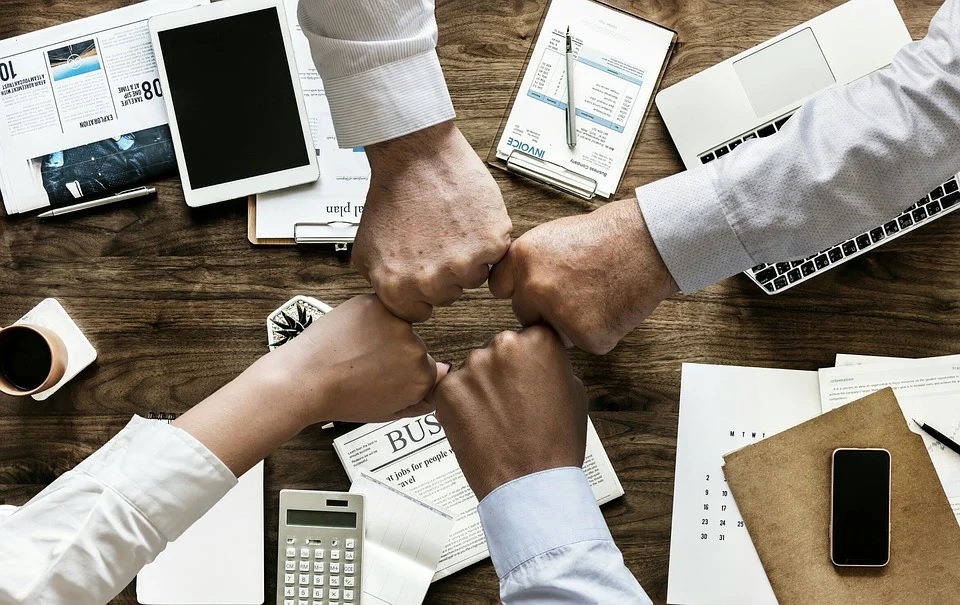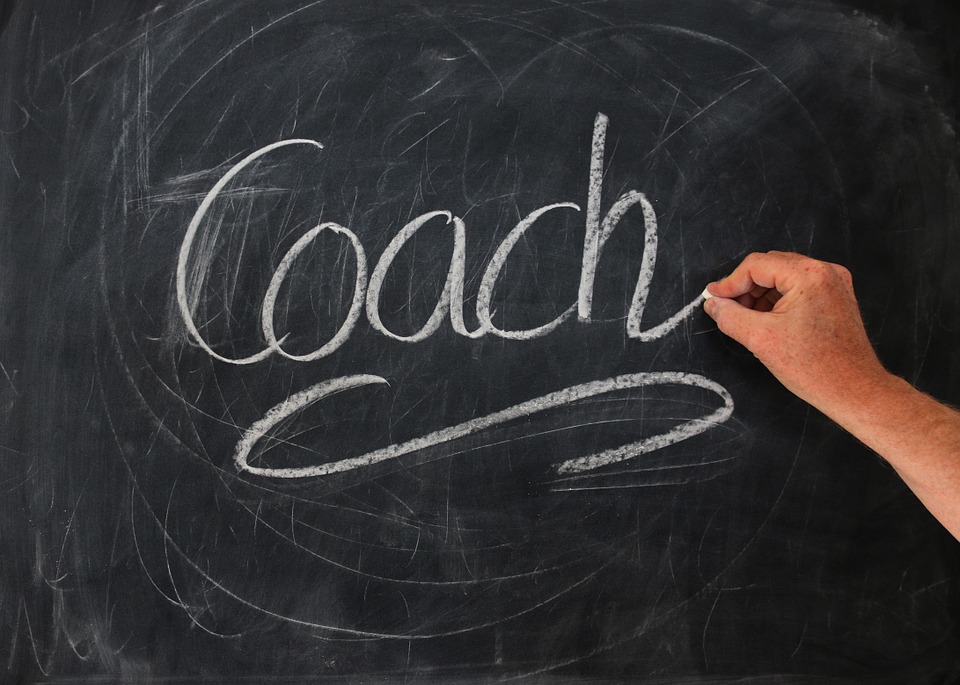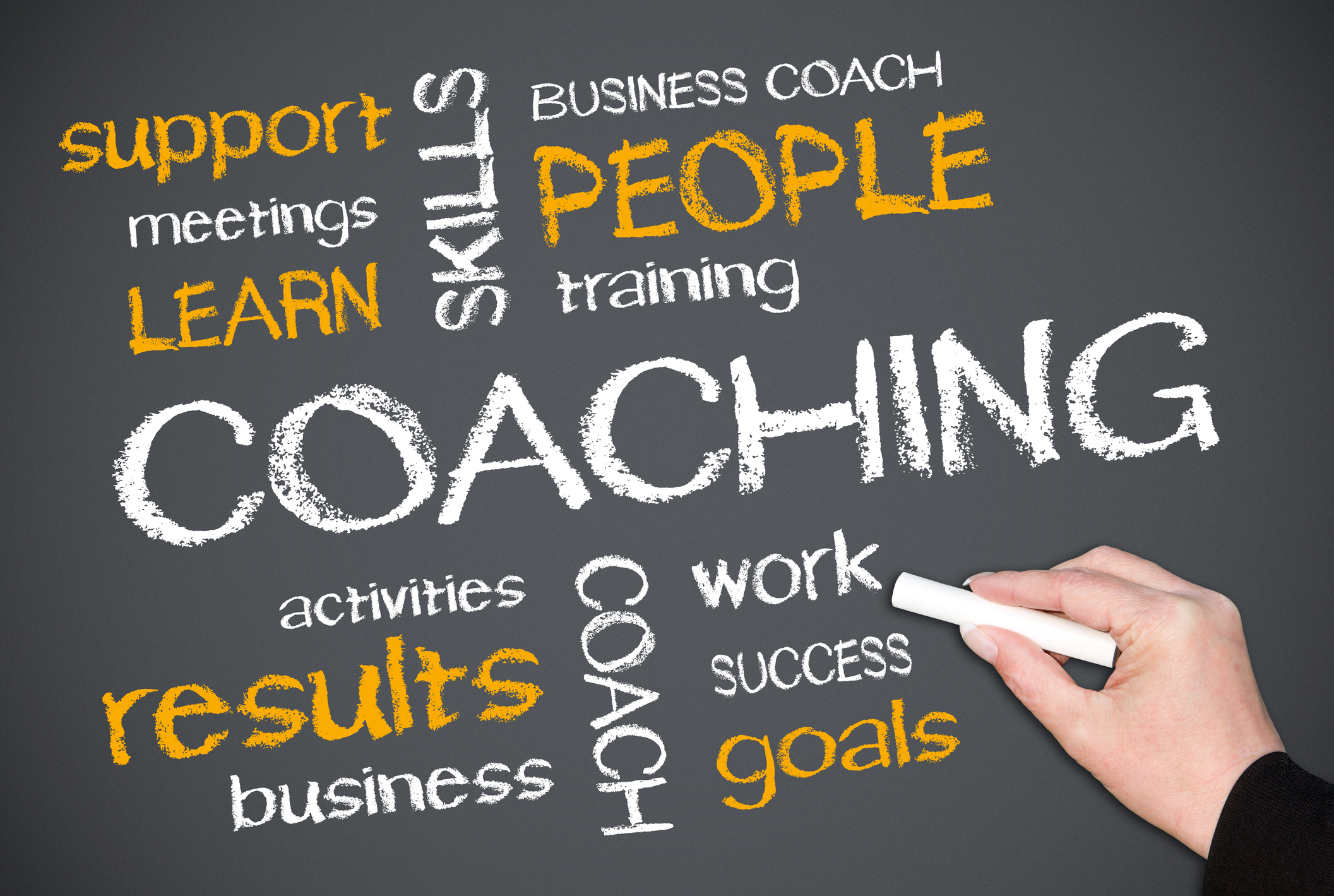In my last article I talked about some of the strategies you, as a business leader, can implement to “recession proof” your organization.
This time I’d like to share another strategy – cross training – that can help you get through the bad times, and also has myriad benefits – for both the organization and employees – during the good times.
Benefits to the organization:
Increased organizational agility – i.e., the ability to quickly fill a skill gap when an employee leaves. Replacing an employee can cost nearly one and a half times the employee’s salary, including recruiting, hiring, and training costs, plus the cost of lost productivity. Having someone cross-trained and already up to speed to fill the role – even temporarily – can reduce or even avoid those costs.
Greater “big picture” business operations knowledge among employees. When employees have the opportunity to broaden their company knowledge beyond their specific role it gives them a better appreciation of others’ contributions and increased understanding of the various interdependencies in the workflow. It can also spark ideas for improvements and increase interest in growing with the organization.
Increased engagement and potentially reduced turnover. Often, employees who are dissatisfied with their job immediately look elsewhere without considering a lateral or upward move within the organization. By giving them a “taste” of internal opportunities, they see a future for themselves within the organization and are less likely to jump ship.
Bigger pool of employees who can be promoted from within. Hiring from the outside takes time. Having a pool of cross-trained employees who come fully equipped with company and process knowledge can avoid the lag time while a newbie gets up to speed and prevent the loss of existing talent.
Preparation for future talent needs. If you anticipate that a particular function in your business may be phased out, cross training employees who will be affected by that is a great way to get them ready for the change and keep them on board.
Benefits to employees:
New skills and opportunities. Employee surveys indicate that key dissatisfiers for employees are lack of opportunity and lack of development. Cross training can address both of these concerns by giving employees new skills and exposing them to opportunities within the organization.
A chance to demonstrate their value beyond their current role. If the cross training includes working with a different leader or different team, the employee has the opportunity to show their skills and qualities in what may be a future opportunity.
Increased motivation and reduced burnout. They say a change is as good as a vacation. Learning something new and developing new skills or using skills that were underutilized in their current role can spark increased motivation prevent burnout.
A couple of additional benefits for both the organization and employees is that you, or the employee, may discover hidden talents that have been dormant while performing their existing role, and learning about each others’ jobs can create a more cohesive team.
If you need help in setting up a cross training plan, please reach out to me at michelle@connecttohr.com.







 In my last blog I talked about how to have a difficult conversation. For some leaders, giving feedback is considered a difficult conversation, especially if the feedback is negative. But here’s the thing. As a leader, one of your responsibilities is developing your people. And one of the best ways to do this is by giving regular, timely feedback.
In my last blog I talked about how to have a difficult conversation. For some leaders, giving feedback is considered a difficult conversation, especially if the feedback is negative. But here’s the thing. As a leader, one of your responsibilities is developing your people. And one of the best ways to do this is by giving regular, timely feedback. One of the most frequent comments that comes up on employee surveys is that employees want more opportunities for growth and development. And studies show that companies who provide those opportunities have more engaged employees, higher retention rates, and better business results.
One of the most frequent comments that comes up on employee surveys is that employees want more opportunities for growth and development. And studies show that companies who provide those opportunities have more engaged employees, higher retention rates, and better business results. One of your roles as a leader is to develop your employees. This includes giving regular feedback, providing opportunities that help them stretch and grow, and allowing them to learn from their mistakes. It’s called coaching. And putting yourself in the role of coach (positive) instead of boss (often negative) will go a long way to improving employee engagement and, by extension, improving company performance.
One of your roles as a leader is to develop your employees. This includes giving regular feedback, providing opportunities that help them stretch and grow, and allowing them to learn from their mistakes. It’s called coaching. And putting yourself in the role of coach (positive) instead of boss (often negative) will go a long way to improving employee engagement and, by extension, improving company performance. As a long-time HR Professional, I know that those who work in human resources must continually add to their knowledge about HR best practices, employment law, benefits and various other topics that impact companies and their employees. That’s why for the past two years I’ve been partnering with
As a long-time HR Professional, I know that those who work in human resources must continually add to their knowledge about HR best practices, employment law, benefits and various other topics that impact companies and their employees. That’s why for the past two years I’ve been partnering with 


